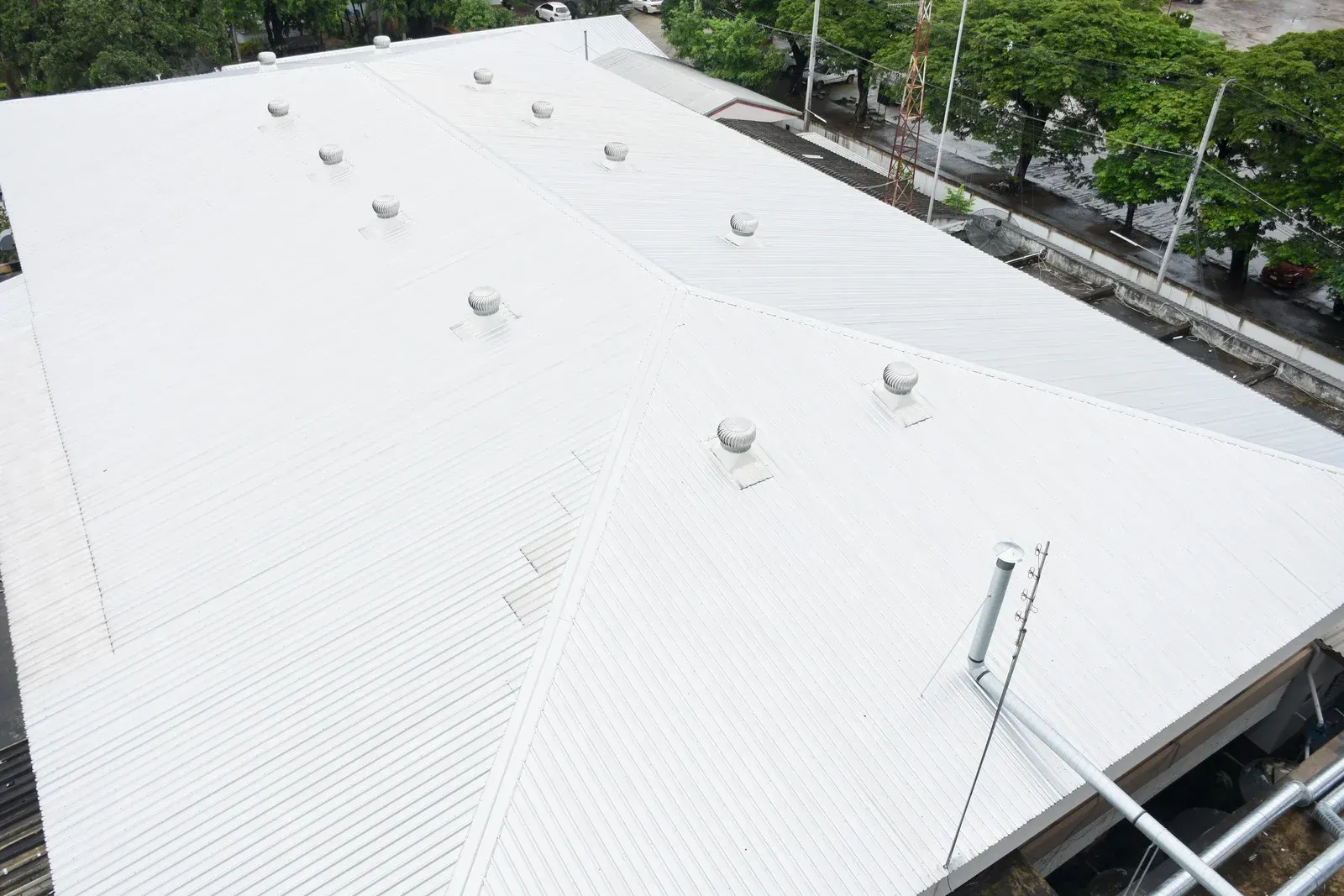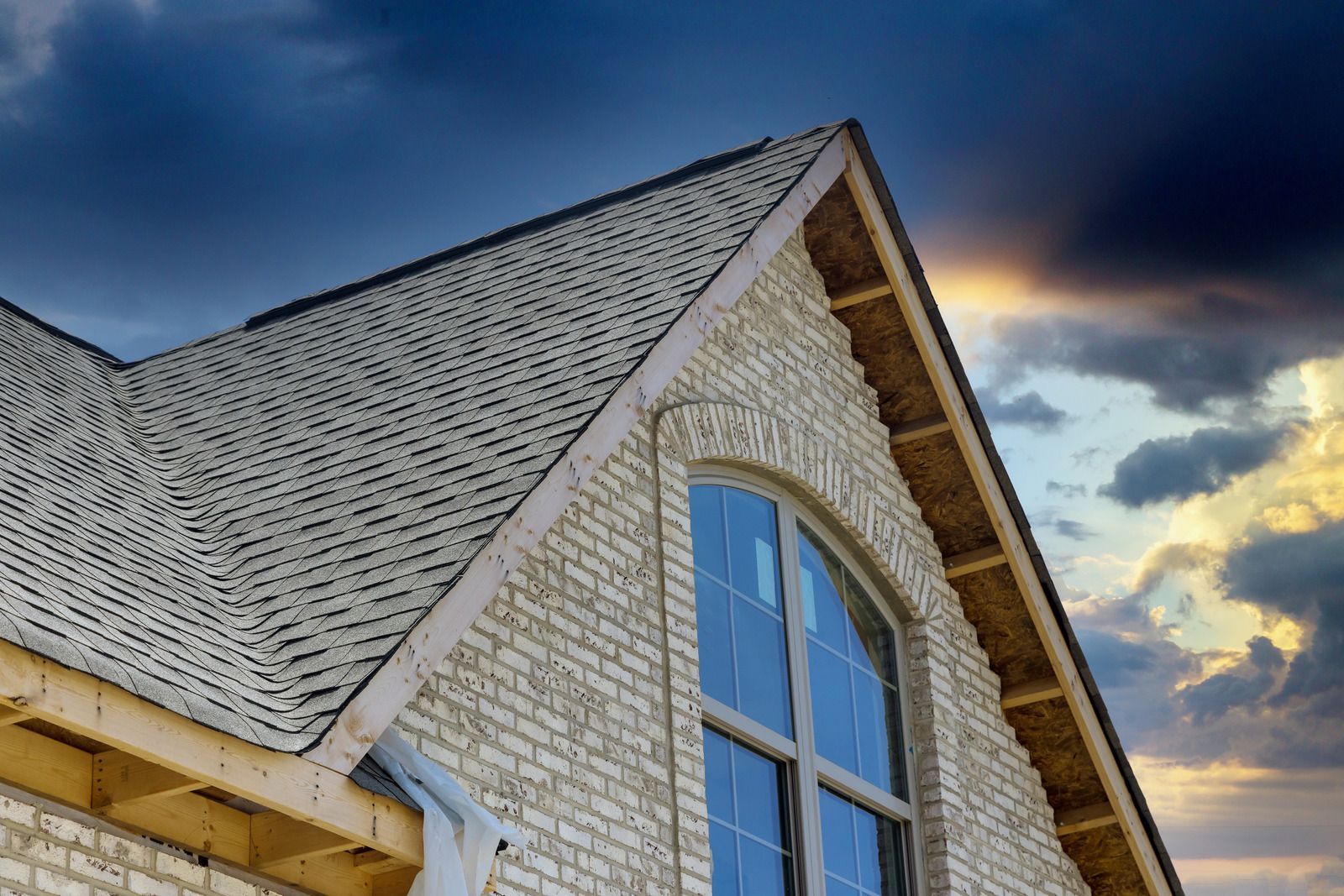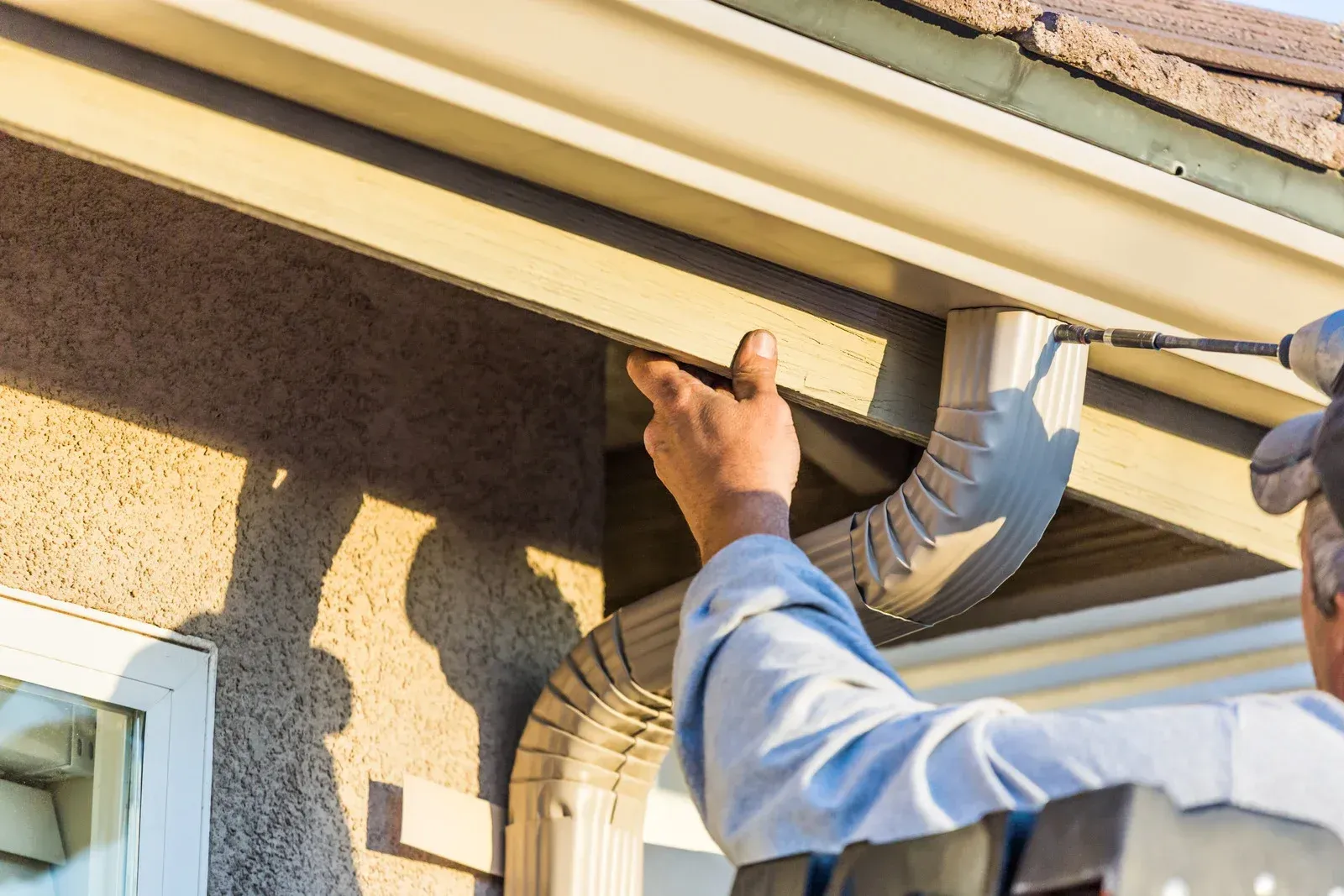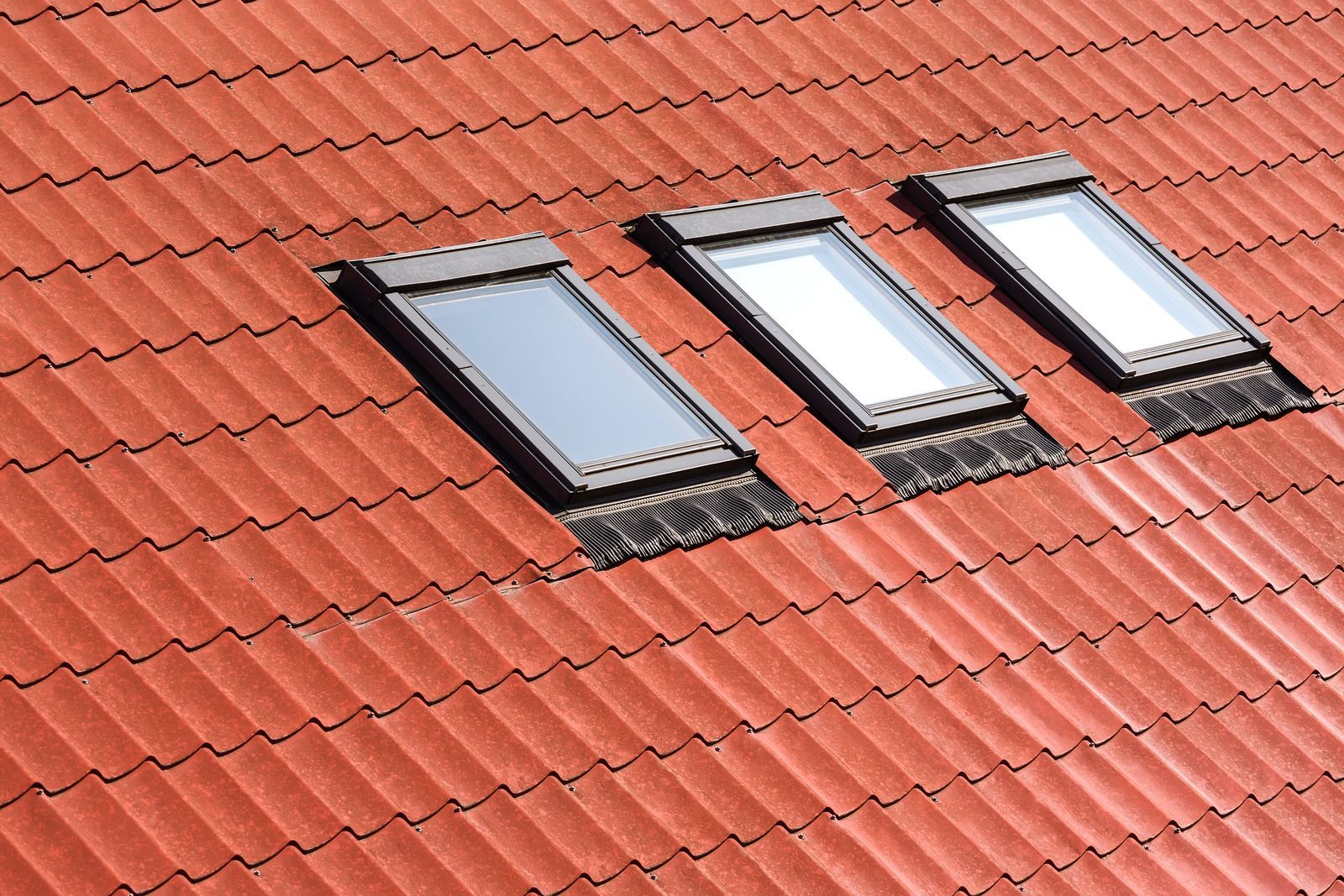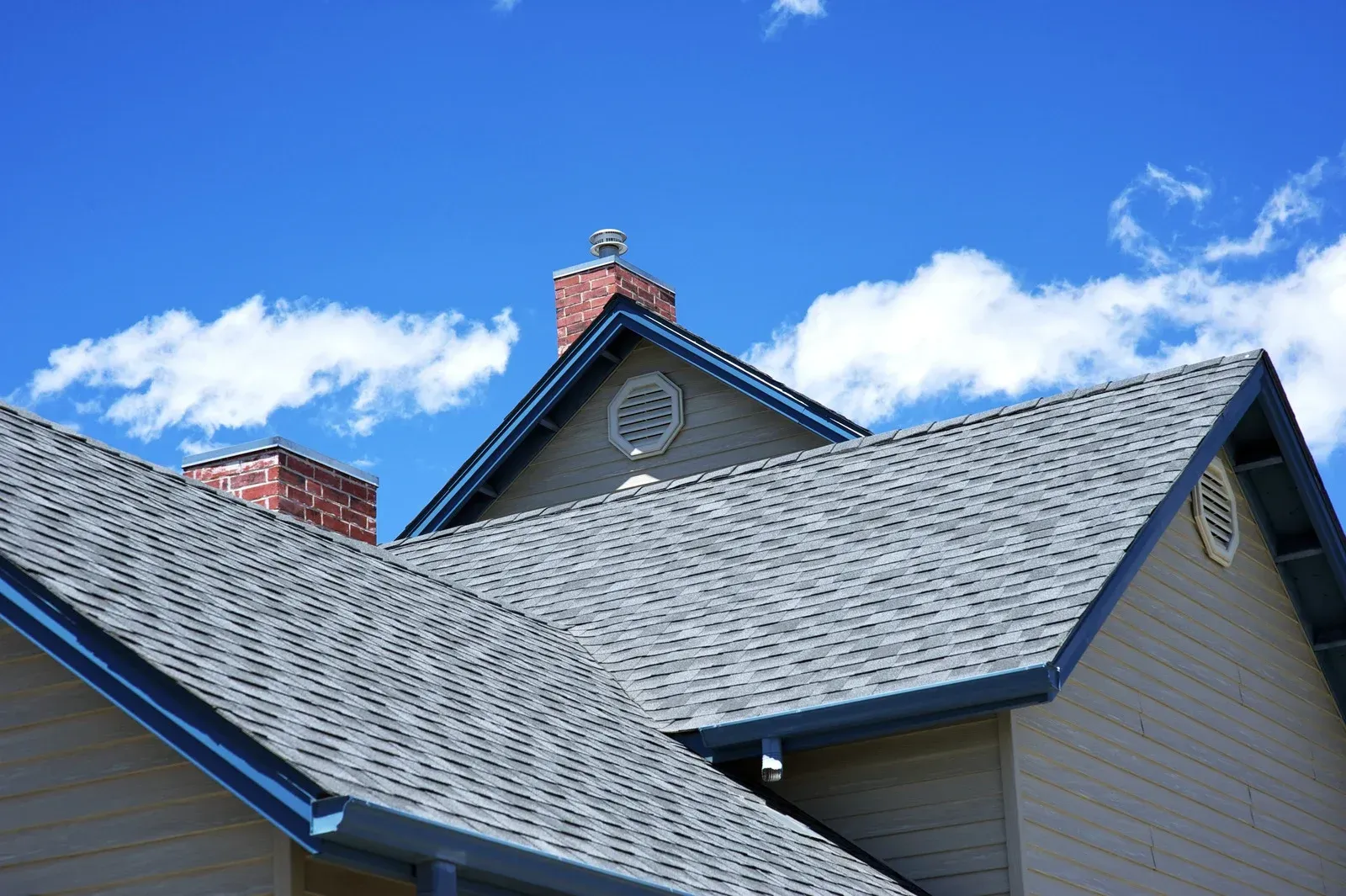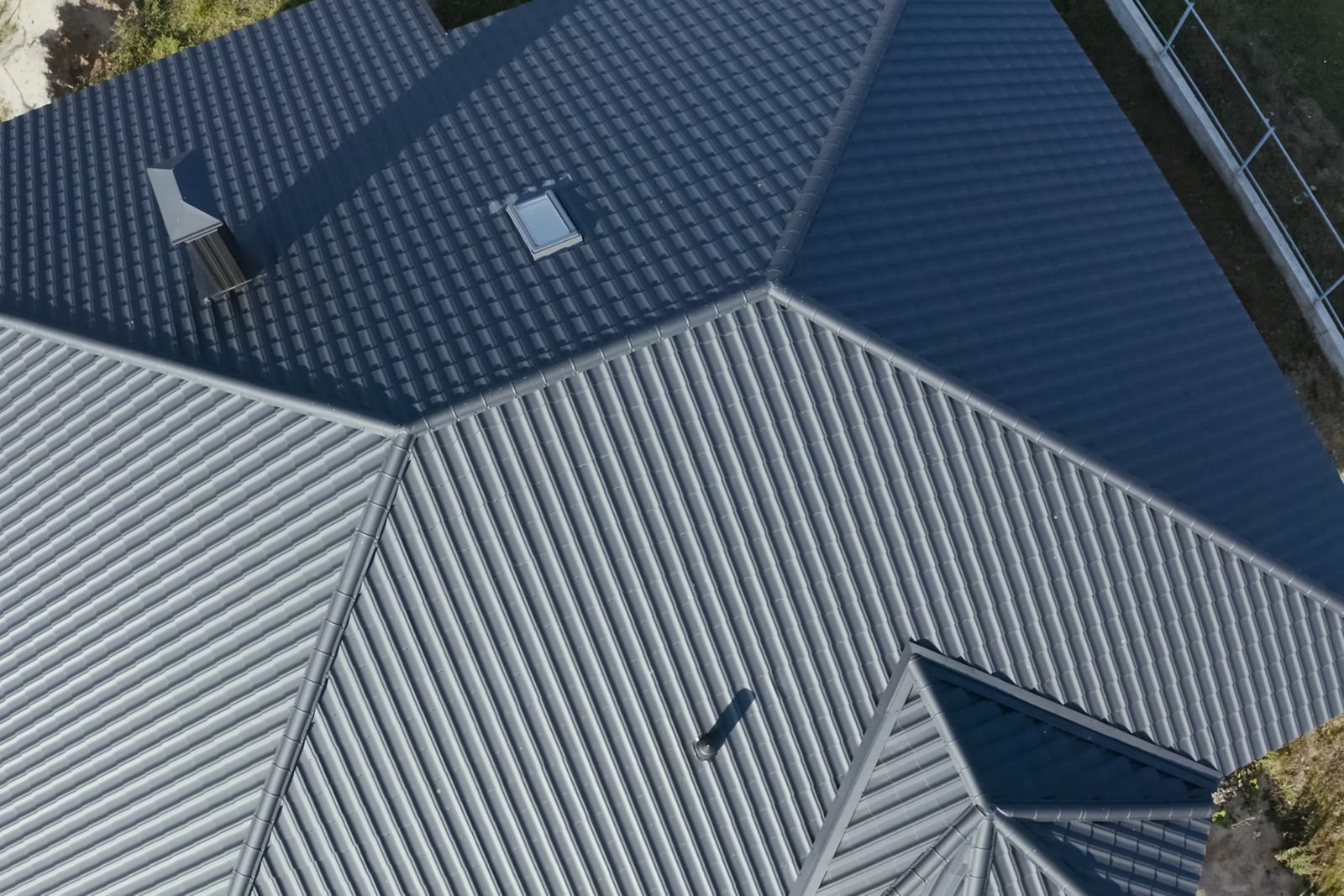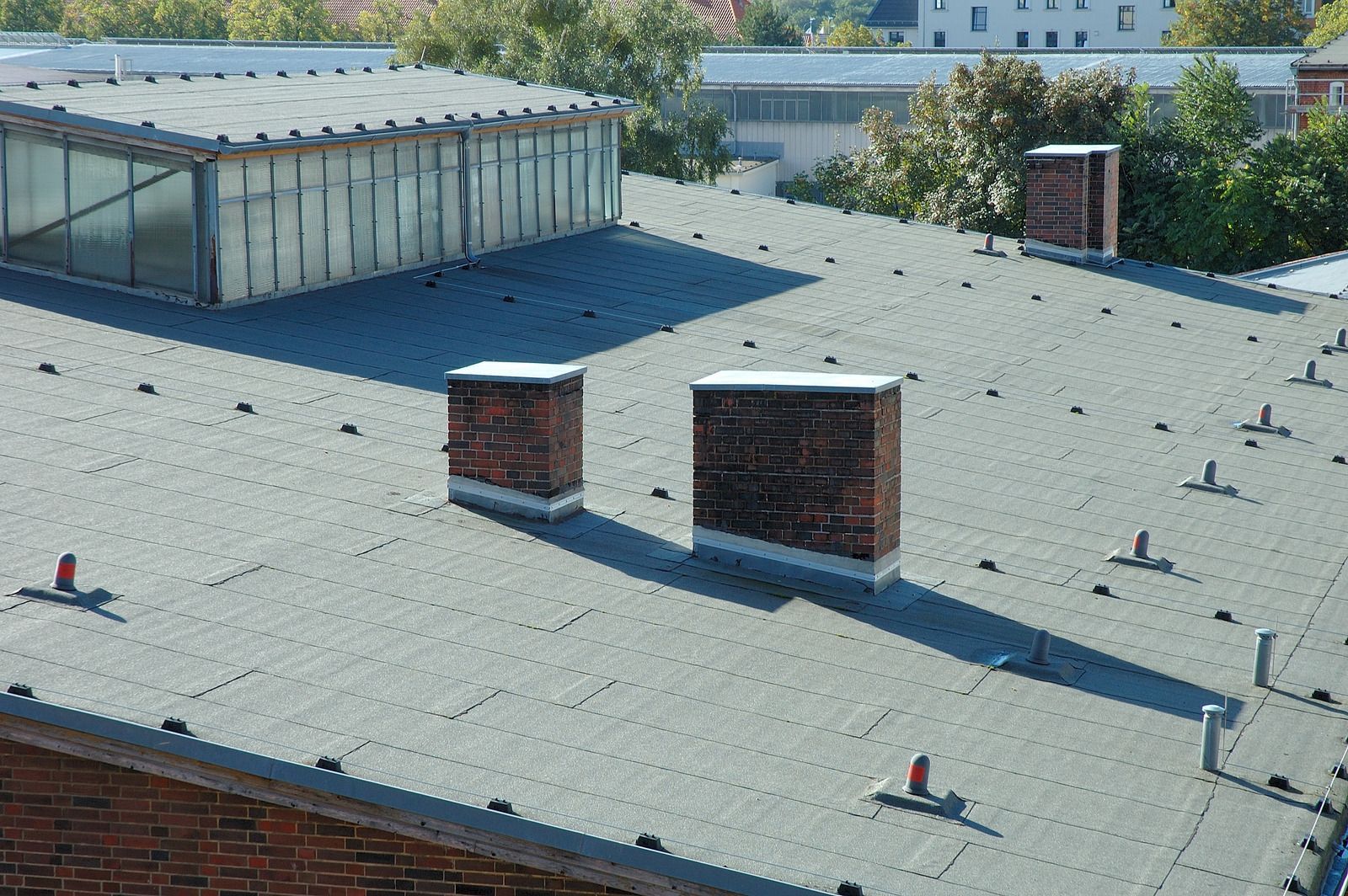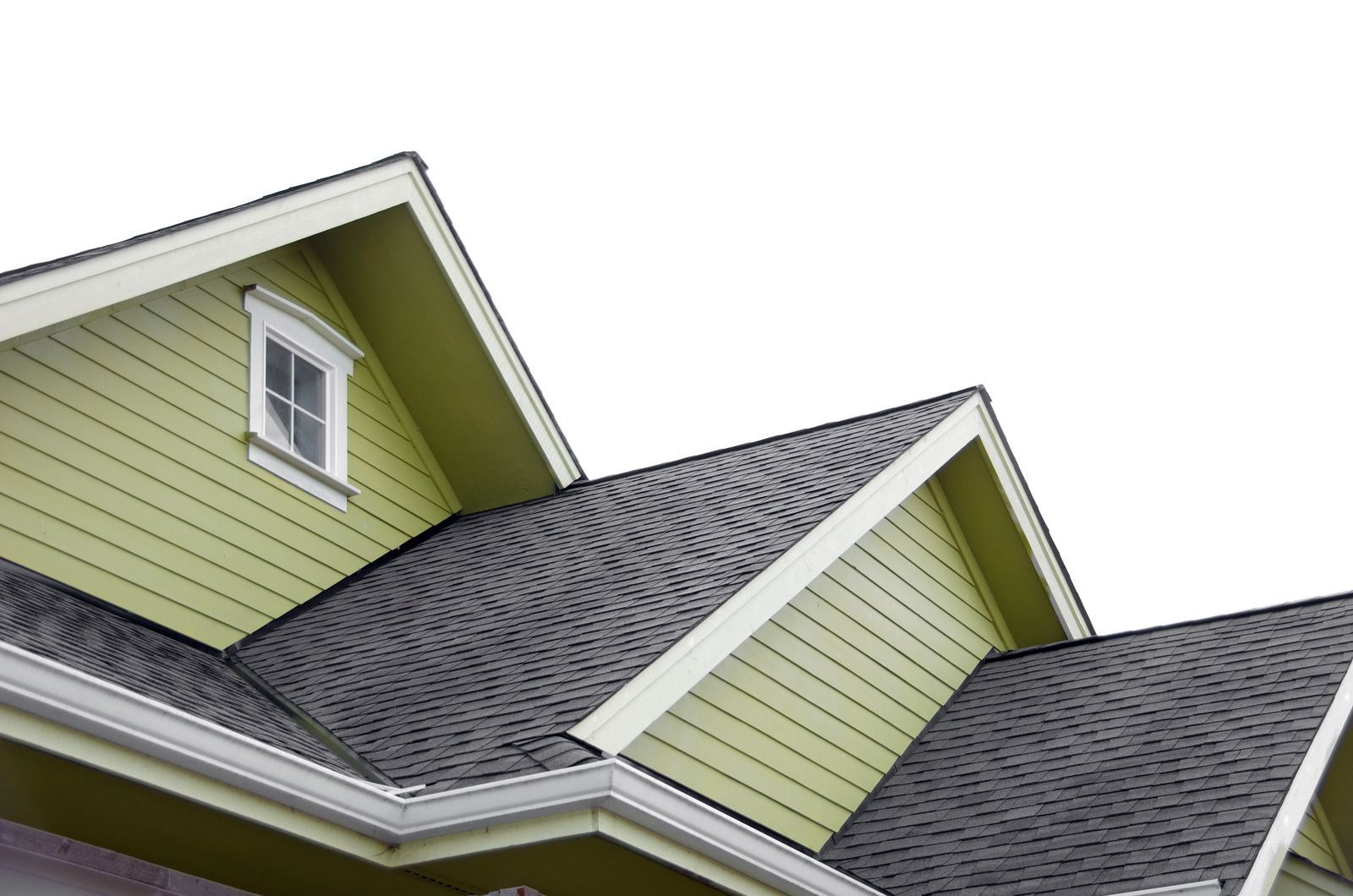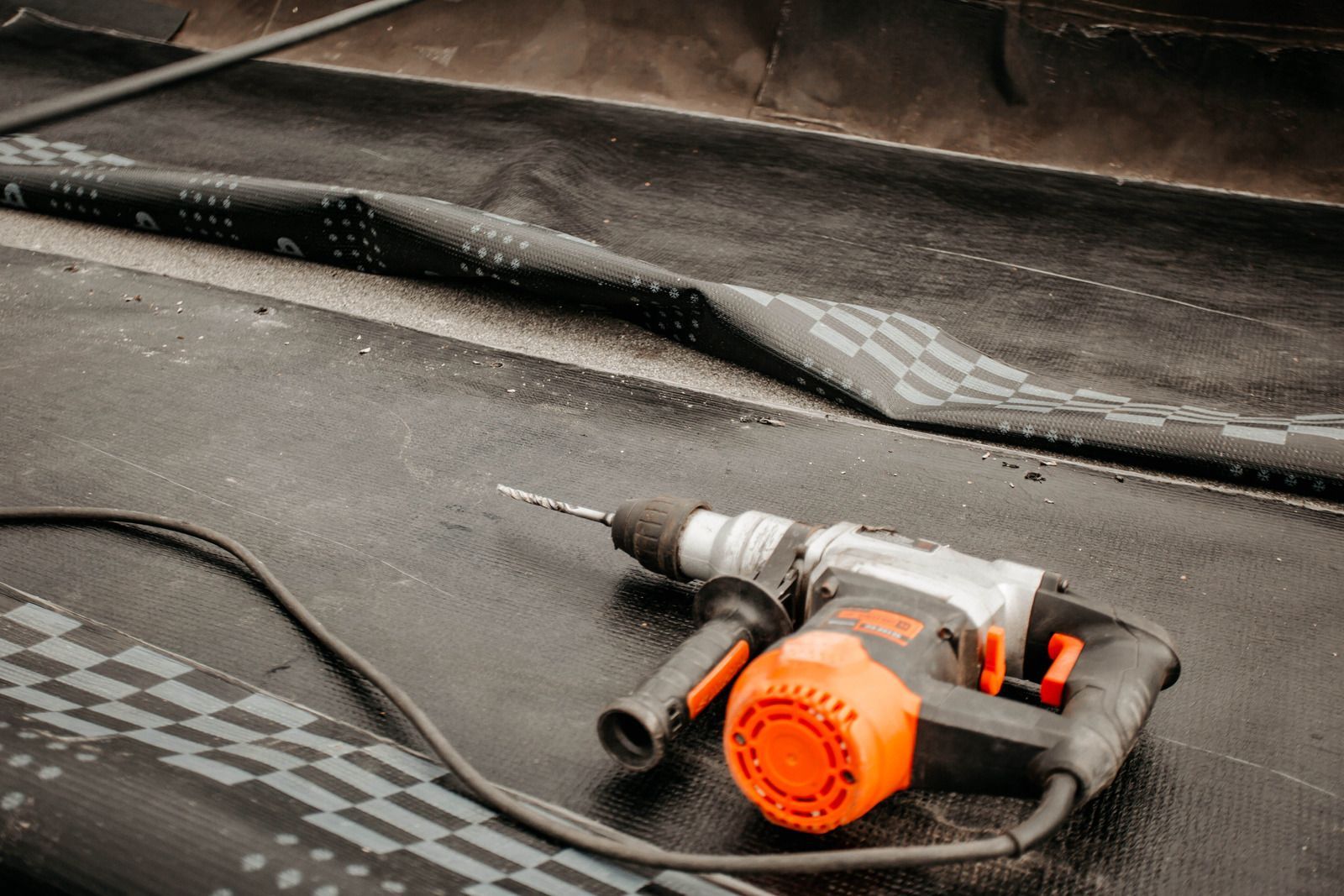Selecting the Right Roofing Material for Your Climate
Your home's roof acts as the first line of defense against the elements, which is why you must choose a suitable roofing material that can fight the climate challenges. This blog post will guide you through the process of selecting the perfect roofing material- it doesn't matter if you live in a hot and sunny region, a cold and snowy one, or somewhere midway.
1. Know Your Climate : Before entering the topic of roofing materials, you must understand your local climate. Do you experience heavy rainfall or any extreme temperature fluctuations? Is it cold or hot? Is it snowy or dry? Knowing your weather is the first step to picking the best roofing material.
2. Hot and Sunny Climates : Your roof will pay a heavy toll due to the sun's rays in tropical climates or desert regions. For this region, you must pick roofing materials that reflect sunlight and heat, like metal or cool roofs. The general idea is to choose a material with a reflective coating. It will bounce back a significant amount of solar energy and will make your home cooler and reduce energy costs.
3. Cold and Snowy Climates : Your roof must combat heavy snowfalls in cold and snowy areas. So, insulation is vital. For this purpose, there are many popular choices, like asphalt shingles and metal roofing. Asphalt shingles have properties like durability and good insulation. On the other hand, metal roofing sheds snow easily, making it a perfect choice to reduce the risk of ice dams. Additionally, ensure your roofing material is adequately insulated to prevent heat loss during winter.
4. Moderate Climates : Living in a region with mild, temperate weather can be considered lucky enough as you have a variety of roofing materials to pick. Asphalt shingles are a cost-effective and famous option, offering various styles and color options to match your preferences. You can use clay or concrete tiles if you love a Mediterranean or Spanish-style look. These materials are also very suitable in terms of insulation.
5. Rain-Prone Regions : Having something water-resistant is your top priority if your area frequently experiences heavy rainfalls or hurricanes. Materials like slate or concrete tiles with excellent water-resistant properties can be your perfect choice in these climate conditions. You can also go for metal roofing with proper sealing, providing superior water resistance and durability.
6. Coastal Climates : Do you reside near the coast? Then, your roof is exposed to frequent salty sea air and rain. As these natural elements have corrosive properties, you need roofing materials highly resistant to salt, for example, aluminum or zinc-coated steel. It can combat the corrosive effects of coastal rain and breeze to provide long-lasting protection.
7. Eco-Friendly Roofing : Considering eco-friendly roofing materials reflects your environmental responsibility. Many options like solar panels, green roofs, or cool roofs are available to take better care of the environment and reduce energy costs. Moreover, green roofs provide natural insulation and help manage stormwater runoff if covered in vegetation. Solar panels reduce both energy bills and carbon footprint.
8. Consult a Professional : It is wise to consult a roofing expert because choosing these materials is crucial to creating a long-lasting overhead shield. They possess the required knowledge to match your roofing needs.
Selecting the suitable
roofing material according to your climate ensures functionality and long-lasting protection. For this purpose, consider factors like insulation, salt and water resistance, etc., to navigate your decision.

